Digester Projects
Bio Town Ag
Project Details
- Owner: Brian Furrer
- Location: Reynolds, Indiana
- Date Built: 2011
- Labor Used: [unknown]
- Construction Type: [unknown]
- Years in Service: 12+
- Energy Type: Biogas, electricity
- Energy Output Average: >6MW, enough to power >4,000 homes/year
- Input Waste: manure from 5,500-head beef cattle and 800-head of sow and swine, food and commercial processing waste from surrounding region
- Output Byproducts: fertilizer (phosphorus, nitrogen, and potassium)
In June 2011, two DVO digesters helped turn Brian Furrer’s family farm into an operation called Bio Town Ag. Because the first digesters were so successful, a third DVO digester was installed in 2013.
The Furrer family farm has been in operation since 1966, but with the help of DVO’s digesters, their multi-generational family agribusiness is now 100% sustainable — using DVO’s digesters to turn manure, food waste and organic waste into energy. At Bio Town Ag, no organic waste stream is considered “waste” — it is a resource.
Situation
Before any digester
- Conventional electricity is purchased from the utility at market rates.
- Farm used open-air ponds for waste settling. Methane gas from wastes contributes to greenhouse gases at rates 21 times more powerful than carbon dioxide.
- Pathogens such as e-coli and salmonella can be concerns from the use of raw, unprocessed farm wastes.
- Nuisance odor issues can result from manure storage and application.
After a DVO digester
- Renewable electricity is self-generated and sold back to the utility.
- Methane is consumed by the digester, reducing greenhouse gas emissions from farm wastes by 94%.
- Pathogens in the digested waste are greatly reduced, often to the point of non-detection.
- Up to 97% odor reduction is achieved, as odor is burned away in the biogas engines.
Solution
Project at a Glance
- Majority of the waste put into the digesters is comprised of food and commercial processing waste from the surrounding region.
- Bio Town Ag is the largest U.S. agricultural biogas-to-energy project.
- Combined, the three digesters at Bio Town Ag total to 222 feet wide by 300 feet long and can hold 7 million gallons of waste.
Details
- Bio Town Ag is an operation of 4,500-head beef cattle and 800-head sow and swine.
- Electricity produced is enough to power more than 4,000 homes.
- The digesters reduce 43,800 tons of carbon dioxide emissions from coal fired power plants and save 127,750 tons of material from going to landfills.
- The micronutrient-rich fertilizer saves 7,250 tons of phosphorus, nitrogen and potassium mined for artificial fertilizer.
- Digesters can produce enough biogas to power more than five 1.05MW units.
Largest U.S. Project
Bio Town Ag is the largest U.S. agricultural biogas-to-energy project. Combined, the three digesters at Bio Town Ag total to 222 feet wide by 300 feet long and can hold 7 million gallons of waste.
6MW
Electricity produced is enough to power more than 4,000 homes per year.
100%
Sustainable, turning manure, food waste, and organic waste into energy.
94%
Percent reduction in greenhouse gas emissions from methane-consuming digester.
We’ve worked with DVO over the years and have always been very happy with the superior performance of their digesters and the dependability of their people. We’ve found that their digester design delivers more biogas than other options in the market.
– Chad Hoerr, General Manager of BioTown BioGas LLCGallery
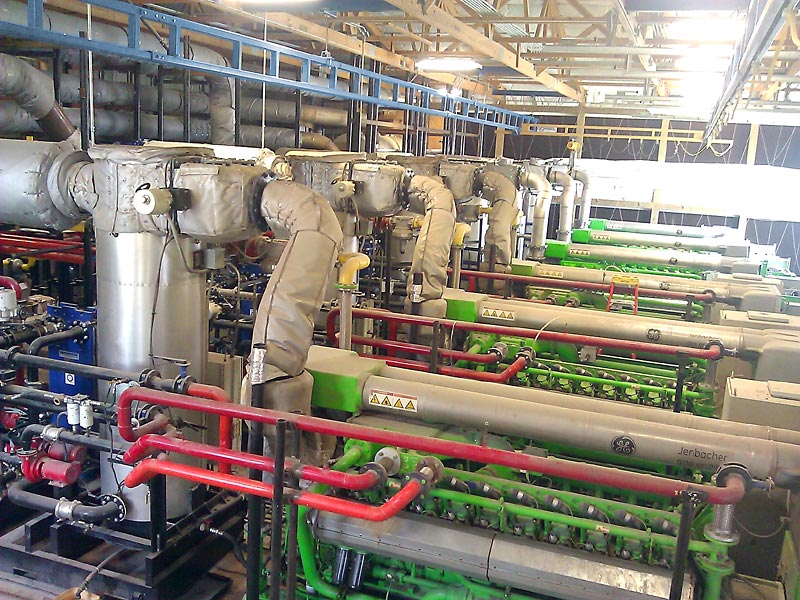
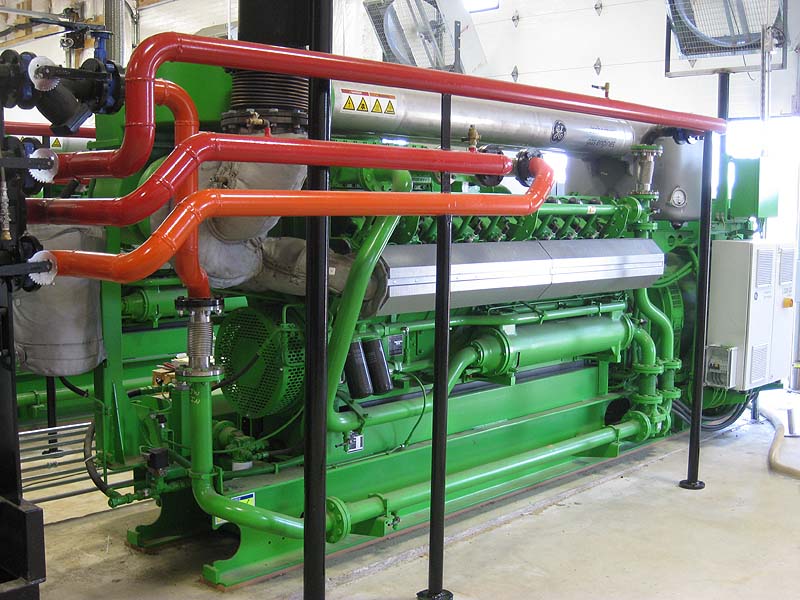
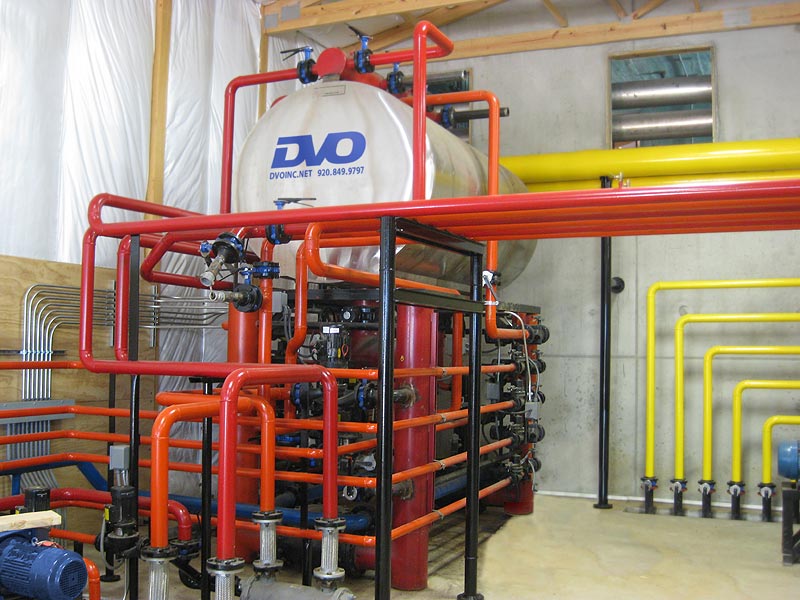
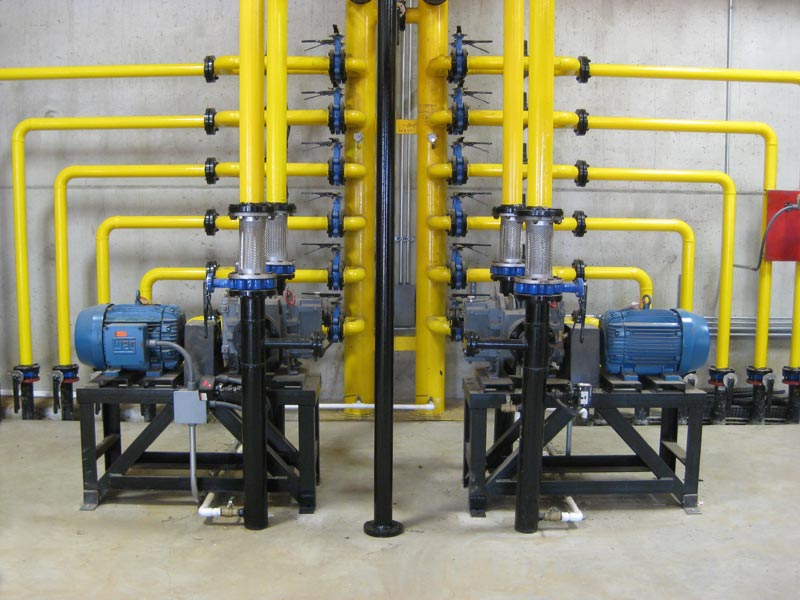
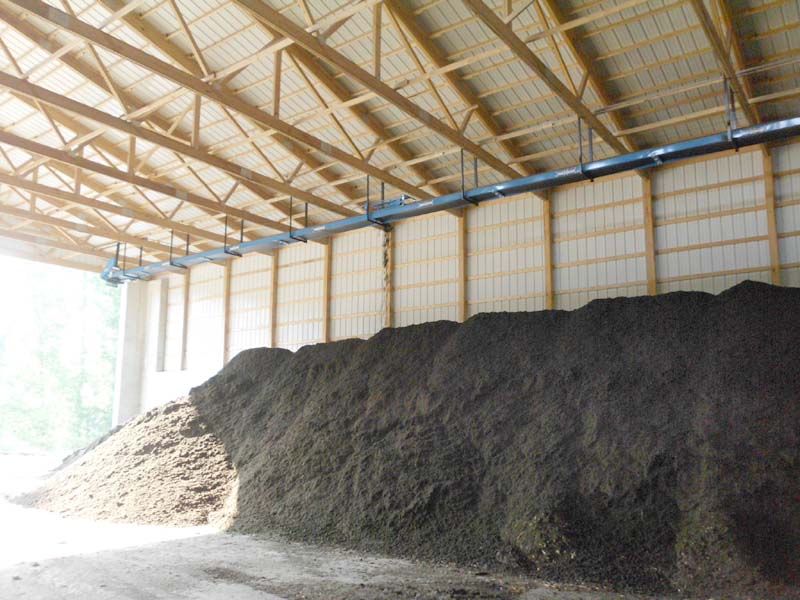
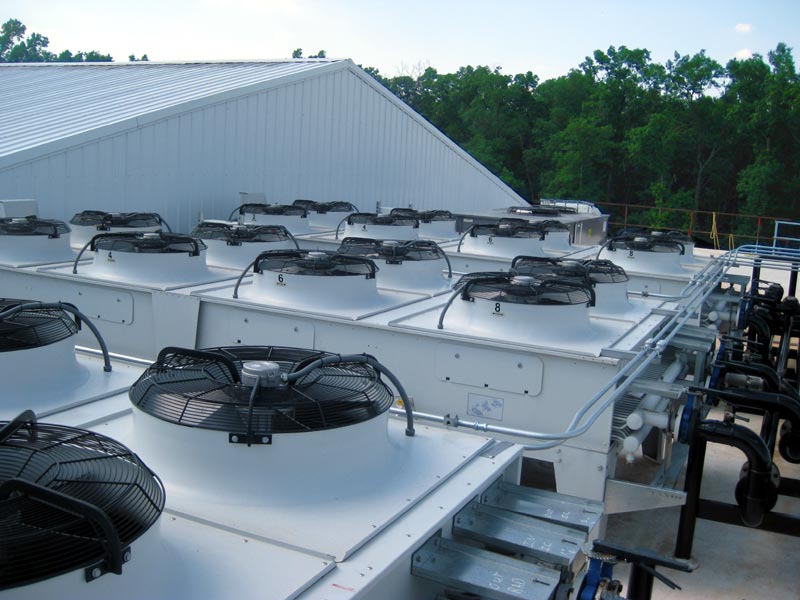
We’d like to hear from you
Please fill out this form, and we’ll get back to you within 24 hours on business days.